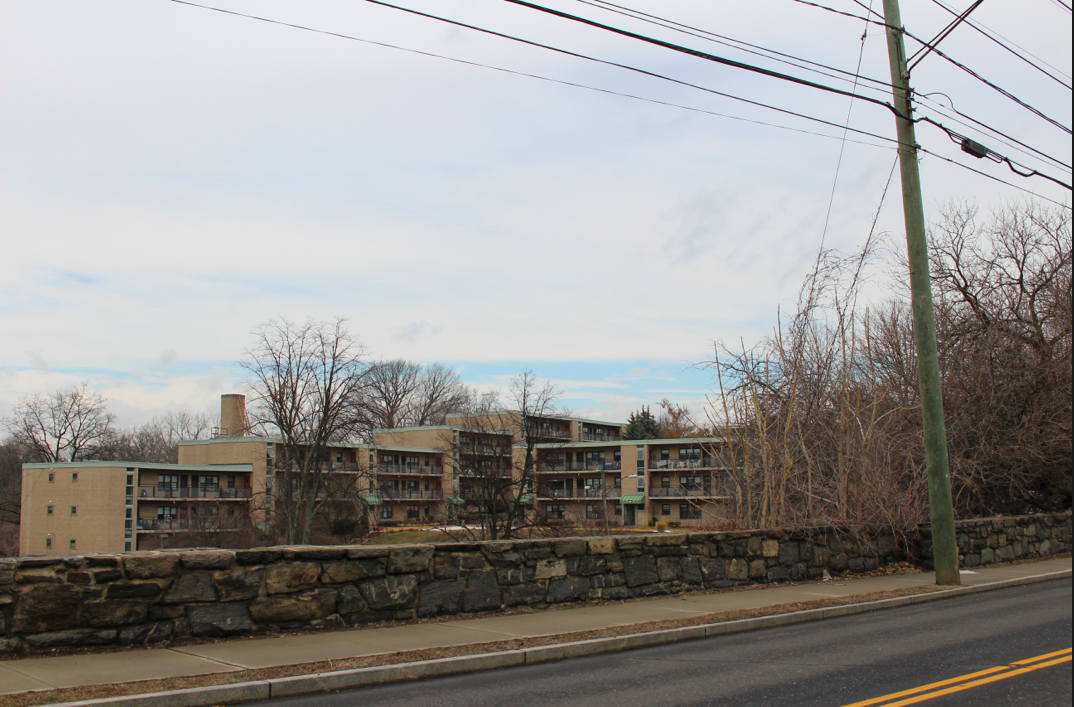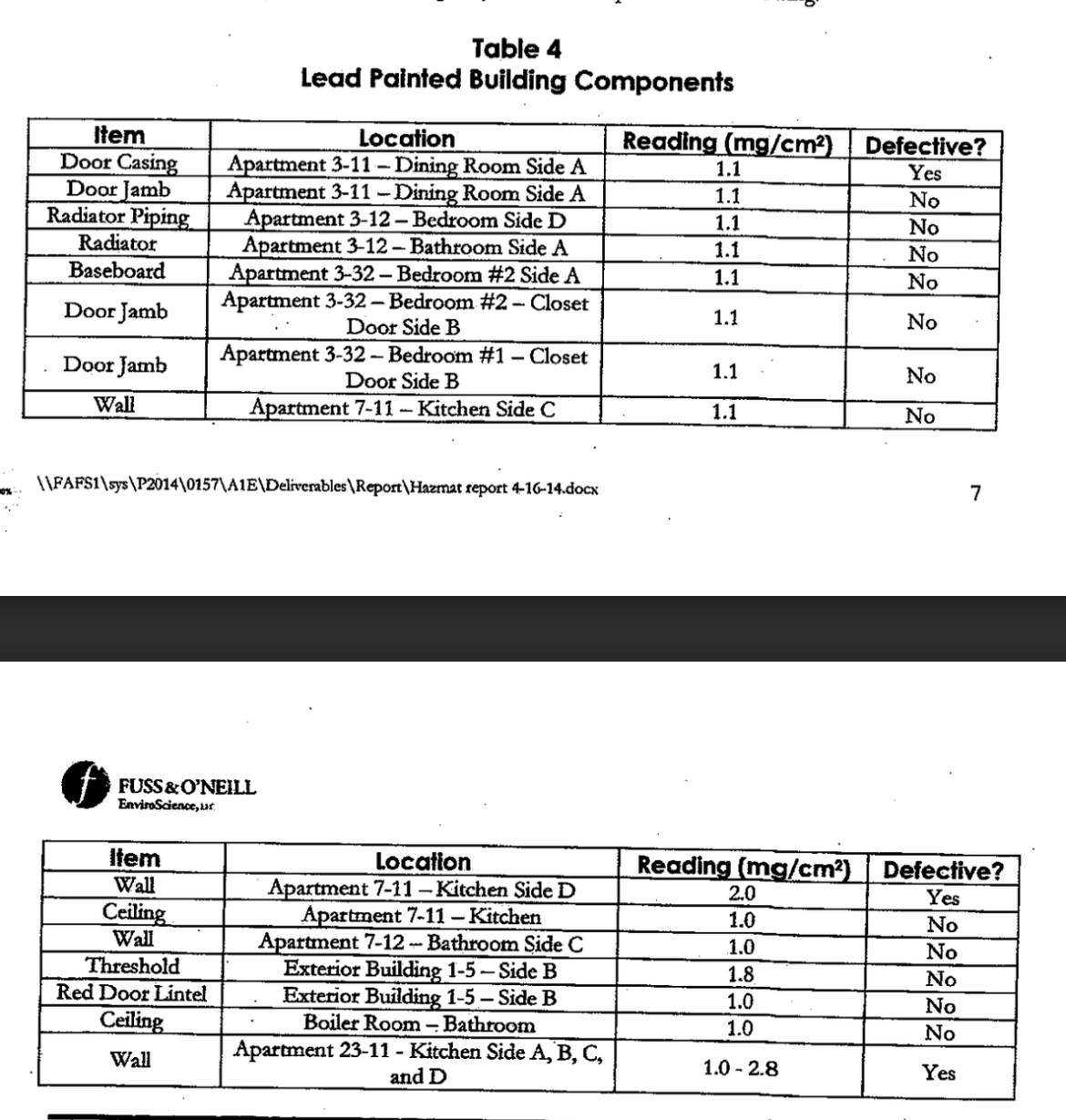 Dawn Fortunato, whose voice has risen over others in her Chickahominy neighborhood, has become well versed in the Freedom of Information (FOI) Act, which is the law that entitles her to government information. After sending an FOI request to Sam Romeo for the chain-of-custody for Melick-Tully’s soil tests and getting no response, Ms. Fortunato went to the State FOI Commission.
Dawn Fortunato, whose voice has risen over others in her Chickahominy neighborhood, has become well versed in the Freedom of Information (FOI) Act, which is the law that entitles her to government information. After sending an FOI request to Sam Romeo for the chain-of-custody for Melick-Tully’s soil tests and getting no response, Ms. Fortunato went to the State FOI Commission.
To her surprise, once the state became involved, the Housing Authority of Greenwich (HATG) mailed her not only the chain of custody — blurry facsimile that it was — but also a surprise.
Fortunato was sent reports of two environmental test results done at Armstrong Court in April 2014 by Fuss & O’Neill Inc, out of Manchester, CT.
According to the study, commissioned by HATG in anticipation of obtaining financing through the CT Housing Financing Authority, the inspectors checked 10% (14 units) of the apartments for asbestos, lead-based paint, lead in drinking water, lead in soil-sampling, PCBs, mercury-containing devices, mold contaminated building materials, radon and urea formaldehyde foam insulation.
The results may raise eyebrows.
Lead Paint: Elevated levels of lead were not found in drinking water. However, elevated levels of lead were found in paint including door jambs and radiators, walls and ceilings. The Fuss & O’Neill tests were not comprehensive, but rather enough to determine patterns.
“The surfaces tested represent only a portion of those surfaces that would be tested to determine whether the premises are in compliance with Connecticut regulations,” reads the report on page 8.
Paint containing elevated levels of lead (equal or greater than 1.0 milligrams of lead per square centimeter) are represented in table 4. The door casing and jamb tested positive for lead in apartment 3-11. The radiator pipes and radiator cover in apartment 3-12 tested positive for lead. The baseboard and two doorjambs tested positive for lead in apartment 3-32. Two kitchen walls and the ceiling tested positive for lead in apartment unit 7-11. The bathroom wall in apartment 7-12 tested positive for lead. The exterior door threshold and red door lintel tested positive for lead in building 1-5. The ceiling in the boiler room bathroom tested positive for lead. The kitchen walls tested positive for lead in apartment 23-11.
Fuss & O’Neill’s report refers to a “TCLP procedure,” short for toxicity characteristic leaching procedure, relevant if demolition of any metal or non-metal components containing lead are part of the renovations. Disposal requirements for materials containing lead would have to be followed, and a facility that can handle lead would have to be secured.

Lead in Soil Samples
Four discrete samples of soil were taken from the four corners of each of the buildings collected from the drip-line of each apartment building, two ft from the foundation. The Ct Dept of Health standard for bare residential soil in play areas and non-play areas is 400 mg/kg.
Building 1-5 had a level of 440 mg/kg.
 .
.
PCBs
There are about 2,000 fluorescent light ballasts at Armstrong Court. The Fuss & O’Neill report states that any light ballast that does not indicate “No-PCBs” must be assumed to contain PCBs, considered hazardous and requiring special removal and disposal. Moreover, the light ballasts that are labelled “No-PCBs” may contain diethylhexl phthalate (DEHP), (the primary substitute to replace PCBs for in fluorescent lighting), a toxic substance, a suspected carcinogen and is listed under RCRA and the Superfund law as a hazardous waste. Superfund liability exists for land filling DEHP ballasts.
Fuss & O’Neill report said that because the age of the fluorescent light ballasts is unknown, the ballasts should be assumed to contain DEHP and disposed of appropriately.
Mercury
On April 21 Fuss & O’Neill conducted an inventory of mercury lamps, thermostats, thermometers and mercury switches. No mercury switches or gauges were observed.
Mold
Mold was found in two bathroom ceilings in apartments 7-12 and 14-12. It is unclear from the report how many apartments were inspected for mold. On page 12 of the hazardous materials report it states, “bulk sampling of mold was not conducted.”
The report states that mold should be cleaned and have mold inhibitor applied, and, in addition to complying with EPA, “Remediation of visible suspect mold should growth and removal of water damaged building materials should be performed under negative pressure using properly trained and protected workers.”
Radon
The colorless, odorless, tasteless gas accumulates to higher concentrations inside buildings. Fortunately, elevated airborne levels of radon were not detected in a dozen samples from Armstrong Court that were analyzed.
Urea Formaldehyde Foam Insulation (UFFI)
No UFFI insulation materials were found.
Environmental Testing
Fuss & O’Neill’s environmental inspection objective was to identify “RECs” which is short for Recognized Environmental Conditions.
Their environmental inspection found evidence of a former fuel oil underground storage tank outside the corner of building 9-16 (the numbered entrance of building). That building features apartments, boiler room, laundry room and maintenance area. The boilers may once have been fueled by oil.
The Fuss & O’Neill report states that their staff queried personnel at Town of Greenwich offices of Town Clerk, Tax Assessor, Building Dept Planning & Zoning Dept and Fire Marshal regarding environmental concerns at Armstrong Court and surrounding sites.
According to the Fuss & O’Neill report, a 1996 a file at the Fire Marshal’s office suggests that during the underground storage tank removal a soil sample was collected from the base of the oil tank and analysis indicated the soil content did not show evidence of concentrations of oil and grease and petroleum hydrocarbons, but, “The soil sample was not collected in accordance with the standard practice of care for current tank removals.” Also, there was no documentation on the actual removal of the underground storage tank.